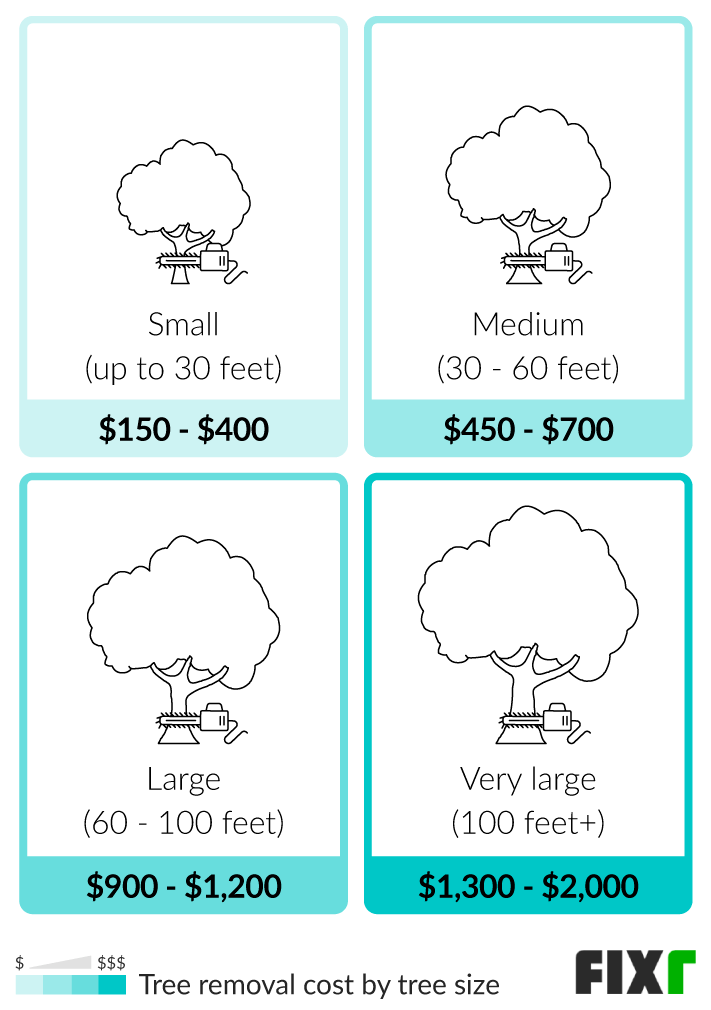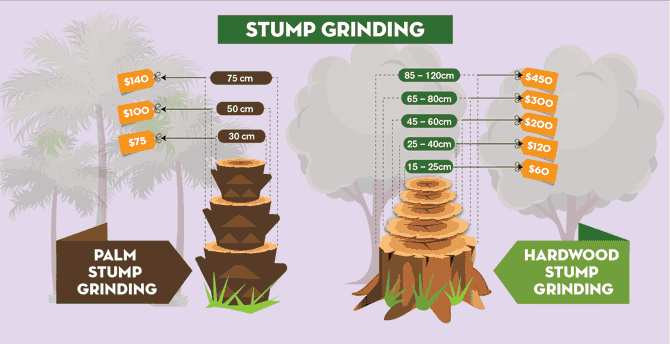Featured
Table of Contents
- – Seabrook, MD Area Tree Service Costs: Complete...
- – Seabrook, MD Tree Service Reviews: Pricing
- – Seabrook, MD Arborist Guarantee Costs: What's...
- – What Will An Tree Clearing Cost Me In Seabroo...
- – Tree Clearing Costs In Seabrook, MD
- – Indoor Tree Trimming Costs In Seabrook, MD
- – Breaking Down Stump Removal Pricing In Seabro...
- – How Much Should You Pay For An Stump Removal...
- – Seabrook, MD Tree Service Prices: What To Ex...
- – Summer Tree Service Costs In Seabrook, MD
- – Seabrook, MD Arborist Installation Cost Guide
- – Seabrook, MD Tree Service Warranty Costs: Wh...
- – Seabrook, MD Tree Cutting: Total Cost Of Own...
- – Seabrook, MD Tree Service: Cost Expectations
- – Seabrook, MD Arborist Relocation Costs

The subsections below offer more detailed details about rates, consisting of a typical range for each. TypeAverage Removal CostPineConiferPalmMagnoliaArborvitaeAshCedarSweet GumEucalyptusSycamoreCypressOakMaplePoplar You can expect to pay in between to remove a pine, depending upon its size. Getting rid of a pine is among the more budget-friendly jobs unless it is one that has actually been around for several years and is rather large.
Seabrook, MD Area Tree Service Costs: Complete Guide
Pines also have a tap root that grows deep into the soil, which can prove to be harder to get rid of. The process itself involves a professional cutting the tree, clearing the base, cutting the surface roots, removing the stump, and lastly dealing with the soil. Without a professional hand, you risk leaving pine seedlings behind, which will fall from the roots of distressed pines.
Seabrook, MD Tree Service Reviews: Pricing
The U.S. nationwide average for conifer removal is roughly to have the conifer lowered, transported away, and the stump ground or gotten rid of totally. Conifers are generally much easier to get rid of, and although they can grow rather tall, they do not cost a fortune to remove. Conifers include pine, spruce, fir, and juniper trees.
Seabrook, MD Arborist Guarantee Costs: What's Included
While conifers are lovely, they eliminate native plants and specific types of turf (tree clearing). The average rate of palm removal depends on the height as much as the type, ranging from.
What Will An Tree Clearing Cost Me In Seabrook, MD
That is why it is crucial to understand which type you are getting rid of. While you do not need an herbicide to eliminate a palm tree, there are some actions your elimination specialist will have to take to guarantee the task is done correctly. There are two methods they can eliminate them: by slicing them down or digging them up.
Tree Clearing Costs In Seabrook, MD
This is because small animals like rats and scorpions often reside in them. Plus, numerous types will have spikes, too. From there, they remove the actual tree and then the stump. Anticipate to pay between to remove this type of tree, depending upon the specific size and details of the job.
Indoor Tree Trimming Costs In Seabrook, MD
There are three types: green, white, and black ash. White ash is understood for its lots of colors. With its gray-tinged bark, its leaves are green or purple in the spring and golden yellow or purplish-red in the fall. They enjoy moderate climates and lots of sun. The green ash is named such due to its green or yellow foliage.
Breaking Down Stump Removal Pricing In Seabrook, MD

Due to the variation in height, the elimination rate difference is broad from. A coniferous, evergreen tree, the cedar is a sturdy types.
How Much Should You Pay For An Stump Removal In Seabrook, MD
The growth of false cedars varies from 50 feet up to 230 feet high. With star-shaped leaves and stunning fall colors, the sweet gum is considered a medium to big tree.
Seabrook, MD Tree Service Prices: What To Expect
Typically, it costs between to get rid of a eucalyptus. Eucalyptus are not common all over, but they are quite large compared to others, which is why even the smaller ones are so pricey to get rid of.
Summer Tree Service Costs In Seabrook, MD
There are a handful of ways to do this, consisting of burning, pulling, grinding, or eliminating them with herbicide. Expect to pay in between to eliminate sycamores, based upon the height, trunk size, and amount of work included. Sycamores are among the largest wood trees, usually ranging from 60 to 100 feet high and as large as 15 feet.
Seabrook, MD Arborist Installation Cost Guide
The first two actions will expose the withins of the tree and cut off the flow of nutrients up the trunk. From there, an expert uses herbicide to kill the tree and cuts down the trunk.
Seabrook, MD Tree Service Warranty Costs: What's Included
There are lots of different kinds of Cypress trees, however the most common are the Leyland, Arizona, Bald, and Italian. The Bald Cypress grows in swampy or very wet areas while the others enjoy a dry, warm, or hot climate (stump removal). They can grow as high as 80 to 100 feet high
Seabrook, MD Tree Cutting: Total Cost Of Ownership

Prone to illness, the Cypress is among the most valued woods for furnishings. The typical oak grows to around 60 feet, and depending on the complexity of the removal, it costs an average of to eliminate. The exact size of your oak and the effort required to fell it impact what you will really spend for removal along with any extra services like stump grinding.
Seabrook, MD Tree Service: Cost Expectations
Access to the trees and the roots will likewise impact the total expense. Maples are typically among the more pricey trees to remove since of their size and the work involved in the elimination.
Seabrook, MD Arborist Relocation Costs
Poplars are giants of the types. Growing as high as 90 to 115 feet, these huge woods are generally found in The United States and Canada and include the aspen, cottonwood, and balsam trees. Boasting an expansive root system, poplars can be pricey to eliminate when totally grown. The procedure to get rid of trees includes all the trimming and cutting of the branches and trunk, bringing it down to a stump.
Table of Contents
- – Seabrook, MD Area Tree Service Costs: Complete...
- – Seabrook, MD Tree Service Reviews: Pricing
- – Seabrook, MD Arborist Guarantee Costs: What's...
- – What Will An Tree Clearing Cost Me In Seabroo...
- – Tree Clearing Costs In Seabrook, MD
- – Indoor Tree Trimming Costs In Seabrook, MD
- – Breaking Down Stump Removal Pricing In Seabro...
- – How Much Should You Pay For An Stump Removal...
- – Seabrook, MD Tree Service Prices: What To Ex...
- – Summer Tree Service Costs In Seabrook, MD
- – Seabrook, MD Arborist Installation Cost Guide
- – Seabrook, MD Tree Service Warranty Costs: Wh...
- – Seabrook, MD Tree Cutting: Total Cost Of Own...
- – Seabrook, MD Tree Service: Cost Expectations
- – Seabrook, MD Arborist Relocation Costs
Latest Posts
Lowes Island, VA Tree Clearing Cost Guide
Smart Tree Service Costs In Crestline, CA
Eco-Friendly Tree Trimming Costs In East Patchogue, NY
More
Latest Posts
Lowes Island, VA Tree Clearing Cost Guide
Smart Tree Service Costs In Crestline, CA
Eco-Friendly Tree Trimming Costs In East Patchogue, NY